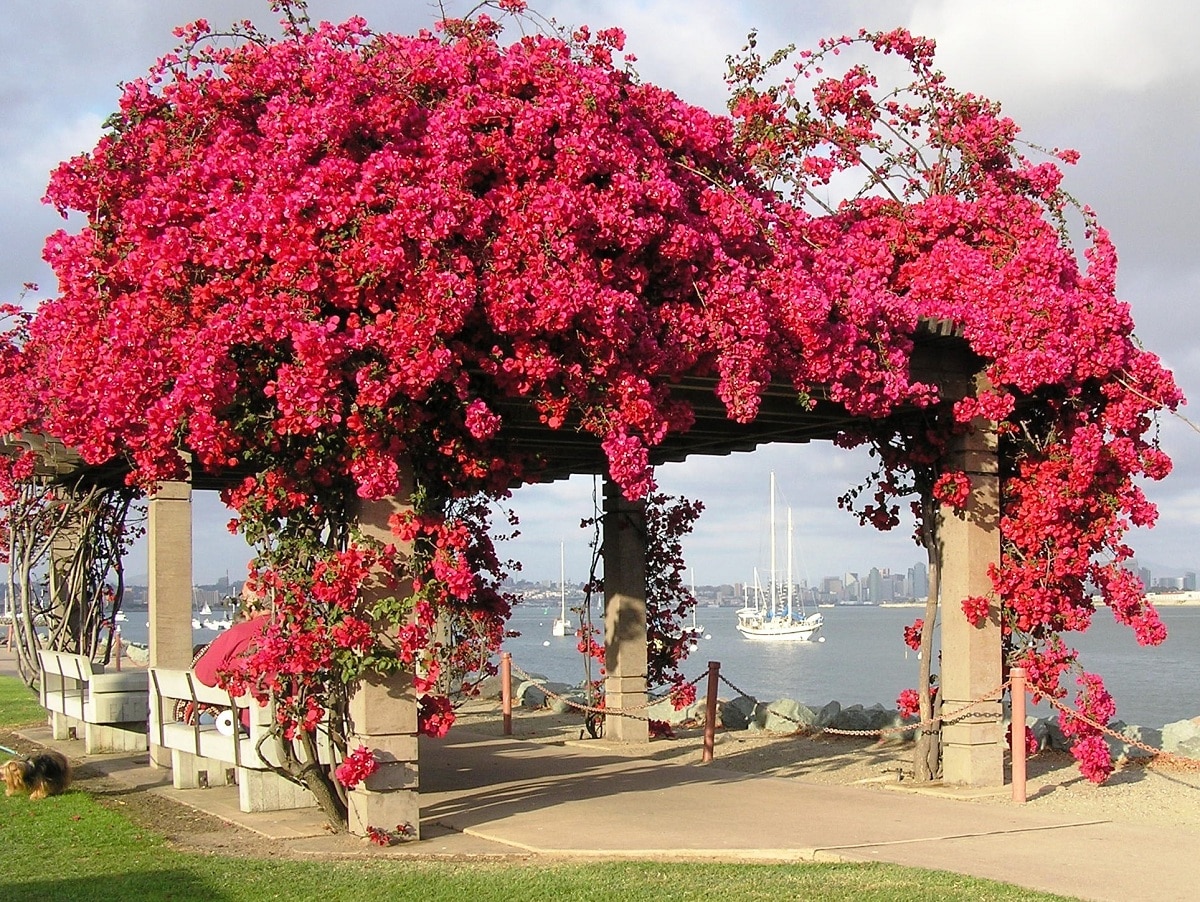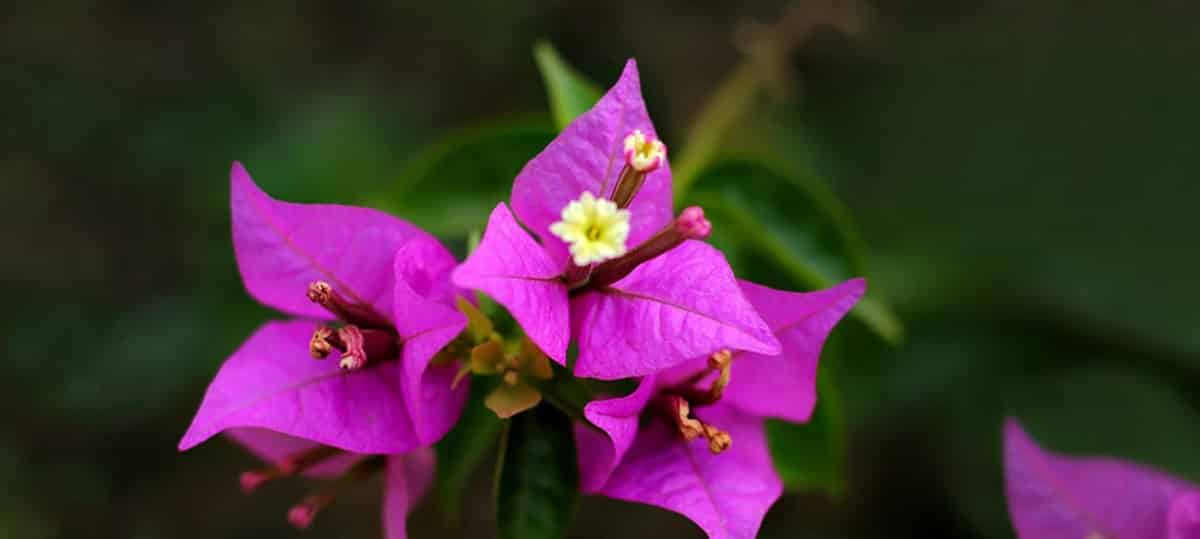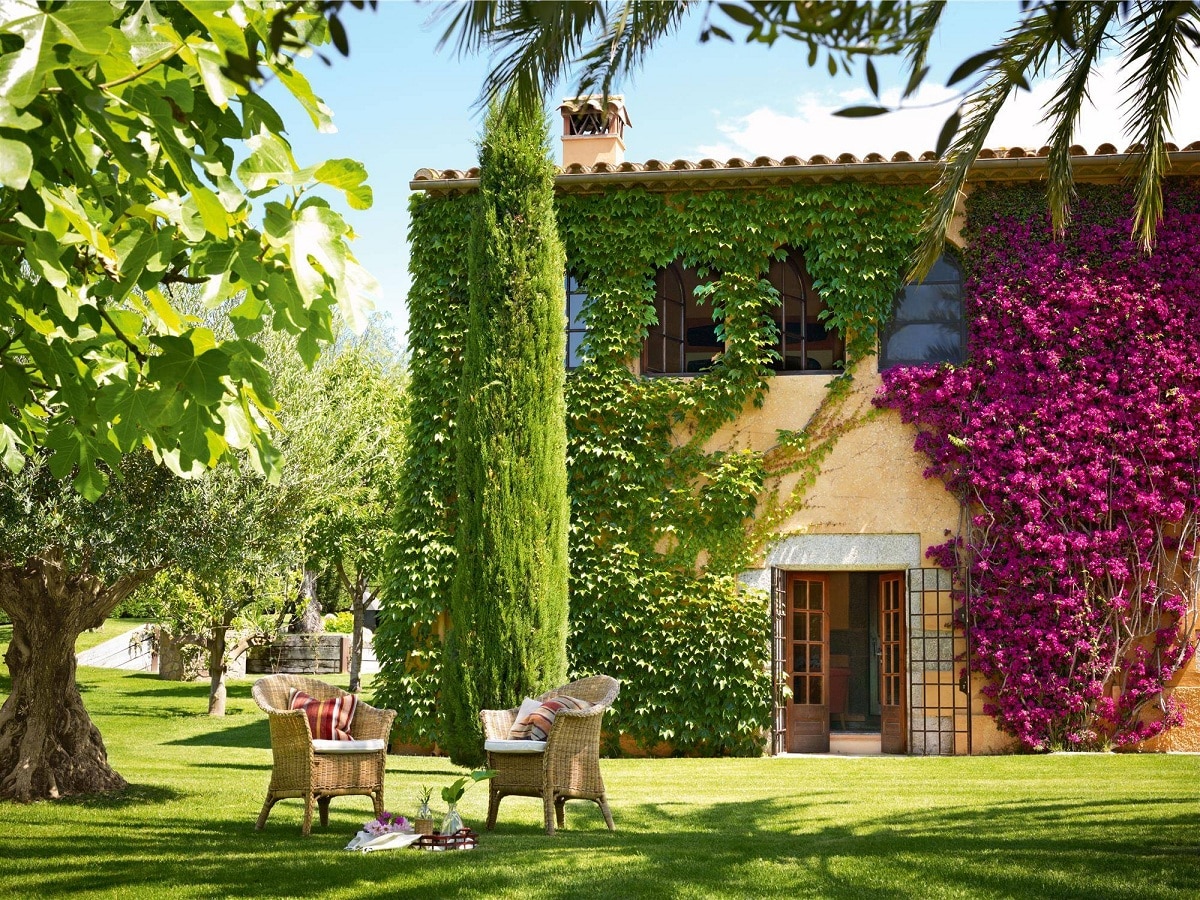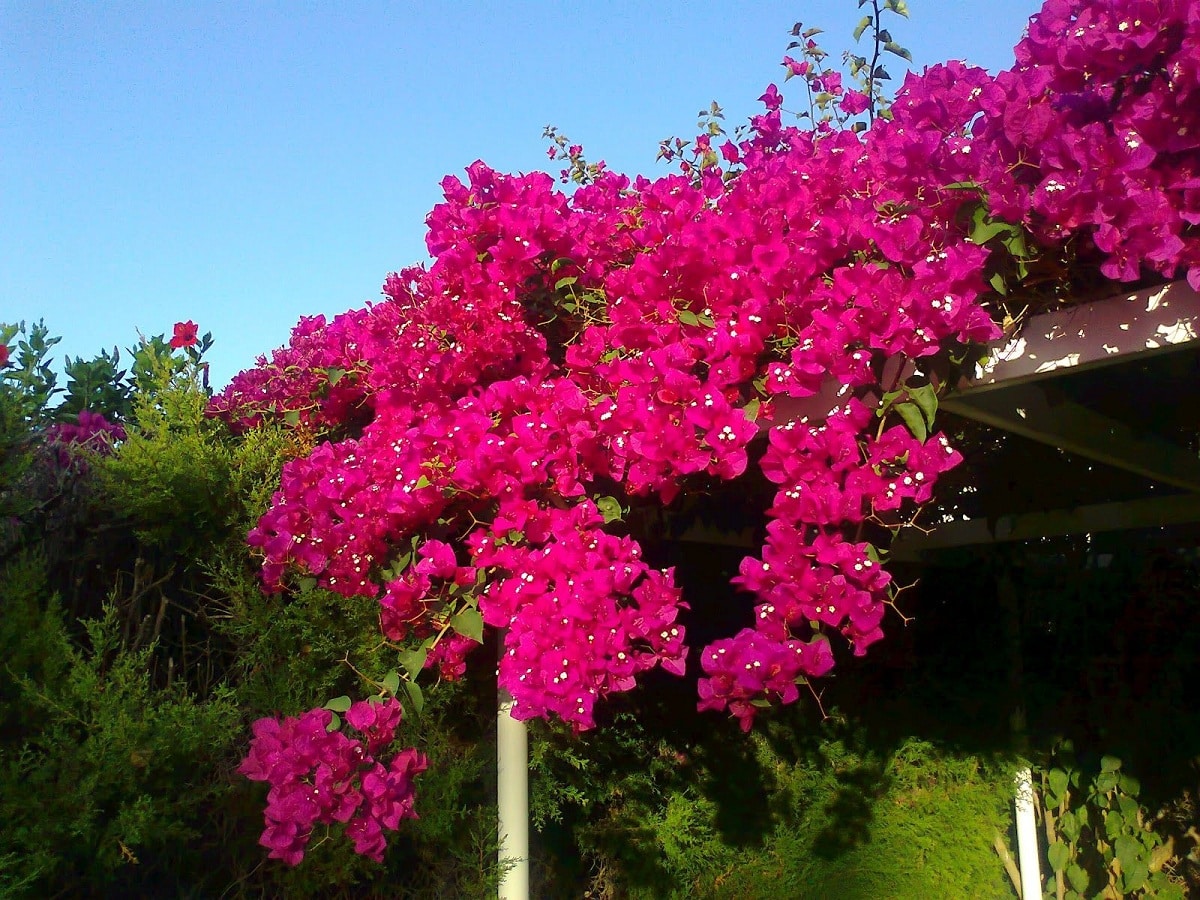
Bougainvillea is a plant that has South American origin and is a climbing trainer type. It can be adapted to any type of terrain and is ideal for decorating terraces and gardens. However, many people wonder where this plant is located in relation to the sun. It is not known if bougainvillea should be in the sun or in the shade.
For this reason, we are going to dedicate this article to solving all the doubts about whether the bougainvillea should be in the sun or in the shade.
Bougainvillea Characteristics

To know if the bougainvillea should be in the sun or in the shade, you must first know what the main characteristics of this plant are. Native to Brazil, bougainvillea has grown in the warmer regions of the world, even in the drier parts of the Middle Eastern country. In warm Mediterranean regions, they thrive outdoors.
Those that withstand low temperatures are the classic violets: bougainvillea or dogwood, spiked. As long as it is not very long, this variety resists frost well. This Bouganvilla is also the most shade tolerant, as it will bloom even if it faces east. White, orange, yellow and red varieties need more light and more heat. These varieties should be planted in a protected and sunny place.
Tree bougainvilleas are all the rage these days and they do not need to be planted next to the wall. If you cut it back to keep its shape, you will have a wonderful little tree that will bloom most of the year.
Bougainvillea care

First of all, it is important to know that bougainvillea is a climbing plant, so it should ideally have a suitable place in your garden or patio where the plants can tangle and grow at will. This means you need to provide enough space as the bougainvillea will spread out.
In this way, in the care of bougainvillea Some supports or structures are installed to guide the flowers and climb on them. In garden stores and DIY centers you can find elements specially designed for this purpose, which you can place, for example, in front of walls or in the garden as dividers. If you prefer, you can also place several canes so that the flowers curl up like other plants.
It is important to place the bougainvillea in a sunny place, since it is a plant that needs a lot of sunlight. For species of bougainvillea or clover that grow indoors -there are many species- it is necessary to place them in a room or balcony with more light.
Watering bougainvillea 3 times a week is essential in summer, and you can water it at intervals during the cooler months. You should not flood the soil where you are planting bougainvillea because the roots will rot and kill the plant.
As for the soil in which you will place the bougainvillea, a universal substrate will work, but you will have to pay it with some frequency. In order for the flowers to grow strong and beautiful, it is recommended to apply organic fertilizer in winter and inorganic fertilizer in summer.
Bougainvillea also need pruning to promote healthy plant growth. In this way, in February and March the branches that are in poor condition or that have grown too much should be cut, with this you will make the shoots stronger.
Bougainvillea should be in the sun or in the shade

This is one of the most frequent doubts of all those people who have bougainvillea. They don't know if the bougainvillea should be in the sun or in the shade. As we have mentioned before, it is important that it is placed in the sun during the hours of greatest light. This plant requires a large amount of sun to be able to grow, develop and stay in good condition. However, the fact that it is located in full sun means that the need for irrigation may be greater.
During the summer and spring season, when temperatures are higher, It is necessary to water more times since it was hit by the strong light and the sun's rays. To avoid accelerated dryness and weakening of the plant, watering at least 3 times a week during the summer is mandatory.
ideal conditions
In general, the care of any type of bougainvillea is simple due to its rustic nature. The greatest growth response of the plant will be found in warm environments, with humid breezes, typical of coastal environments.
In our case, we will have to adjust the irrigation frequency, fertilize the first months of germination (especially if the leaves fall in winter) and carry out periodic pruning to give the climbers a specific shape.
During very cold winters, with maximum temperatures that do not exceed 10 ºC, it usually loses its leaves and becomes peeled, although in spring it sprouts quickly. It can withstand warm temperatures above 35ºC, although it plays in favorable environmental humidity conditions.
Bougainvillea are climbers accustomed to humid and tropical environments. The optimal relative humidity is between 60-85%. Coastal environments with humid sea breezes are the best for its growth, since it is not a plant that is particularly sensitive to saline environments.
If the temperatures are good and the growing area is warm, the flowers will arrive before spring arrives. In warm regions such as the coastal areas of the Mediterranean slope, they can persist throughout the entire period.
Bougainvillea has good resistance to cold and is ideal for all types of soil. It prefers limestone soils. It can withstand basic pH, the only thing we have to take into account is to ensure adequate drainage since it does not allow puddles.
If our soil is heavy, we can reduce the problem of sand or perlite mixtures that favor root oxidation. It responds very well to the incorporation of organic matter and an annual or semi-annual application of 2 to 3 kg around the main stem of each adult plant is recommended.
Subscribing is highly recommended as we are looking for a mantle of blooming flowers and bushy fuchsia foliage. This is essential when we notice that the first buds swell and new shoots appear.
Of all the types of fertilizers, we recommend a homogeneous fertilizer with an NPK ratio of approximately 2-1-3 and containing micronutrients to prevent iron deficiency. Keep in mind that when grown in limestone environments and with a high pH, iron is poorly assimilated and chlorophyll can develop.
I hope that with this information you can learn more about whether the bougainvillea should be in the sun or in the shade.
Thank you very much for your information. Very important.
Hello Maria Ester.
Thank you, we are glad to know that it has been useful to you.
A greeting.